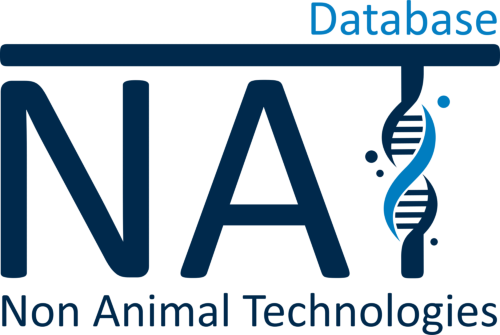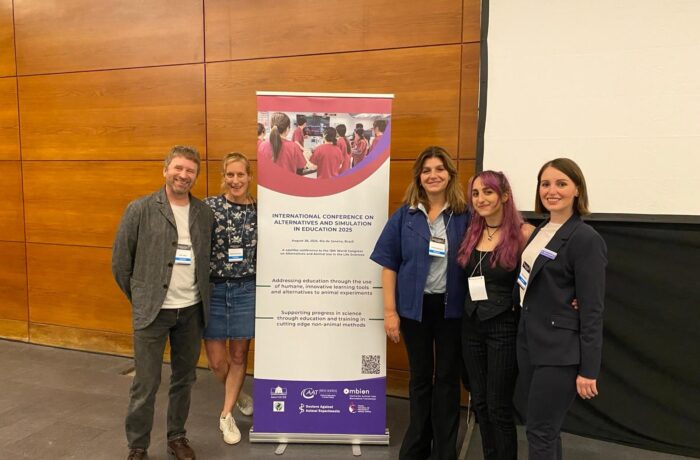Have you submitted a Lush Prize nomination for your ‘in-silico’ research yet?

Calling computational researchers of all backgrounds!
Lush Prize 2026 opened for nominations on September 1st and closes on November 28th. During each Prize cycle, we seek to identify outstanding projects which help to transition away from the use of animals, towards more modern, scientifically-relevant approaches to human health and environmental protection.
This call for nominations focuses on the important area of computational (in-silico) research.
You could win a share of our £250,000 prize fund if you are:
- a research team or an individual scientist, whether at early or senior stage in your career
- a computational toxicologist working in chemical safety
- a modeller investigating biological systems in basic or applied research
- training others in relevant computational methods
- involved in the study of biological or chemical systems using modelling approaches in maths, physics, statistics or computer science
There are several prize categories that may be suitable for your work, such as Science, Young Researcher or Training.
Please also share this news with your colleagues. You can also contact us with any questions you may have.
What are ‘in-silico’ methods?
The term ‘in-silico’ itself refers to a method or technique performed via computing or computer simulation. It is derived from silicon computer chips and was first coined back in the late 1980s to represent the modern computer-based research which was emerging alongside in-vitro (‘test tube’) or in-vivo (live animal) methods.
Computational modelling can take many forms and has seen a remarkable evolution over the last two decades, as the scientific research community continues to develop and harness new methods, from simpler, basic programs to more complex and advanced machine learning or ‘deep learning’ algorithms.
These may be used in biological research: for example, computational modelling of biological systems across both basic and clinical research to model and simulate human body systems, to aid drug discovery and understand molecular processes in the body.
Similarly, in chemical research for human health and the environment, analysis of molecular structures allows toxicity predictions to be made on how substances (e.g. drugs, industrial chemicals and consumer products) will affect the body. Making use of ‘computational toxicology’ and widely used mathematical modelling techniques such as QSARS (Quantitative Structure Activity Relationships) can allow large numbers of chemical structures to be analysed quickly and at low cost.
Many in-silico methods or approaches have been developing alongside a concept known as Adverse Outcome Pathways (AOPs). AOPs are sequential chains of biologically-linked events from molecular through to cellular and organ levels that lead to an adverse effect in individuals or the environment. Computational (in-silico) models are often used alongside in-vitro and other approaches to inform and consolidate these pathways. These AOPs then help us predict what effects will be seen in response to chemical exposures, biological stressors or disease development.








Spread the word: